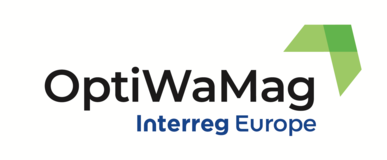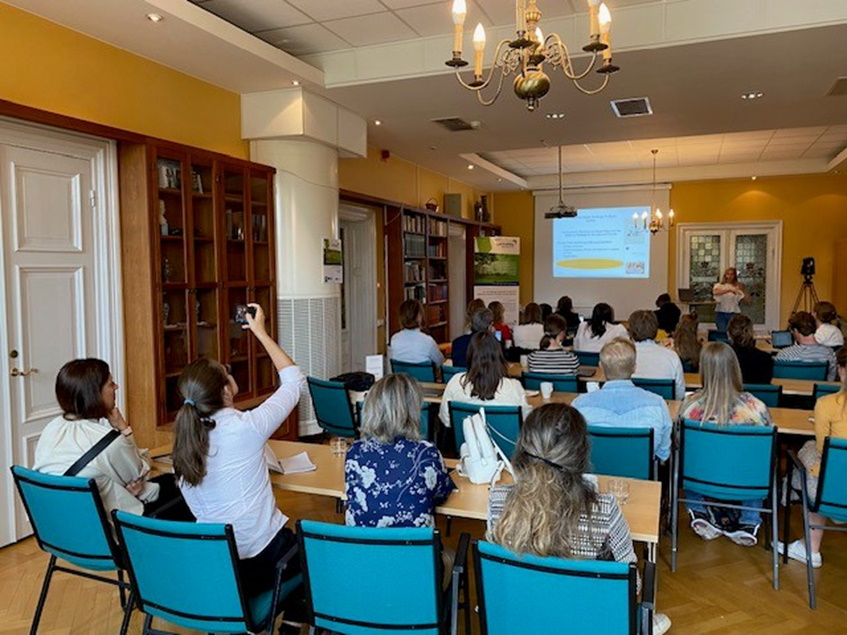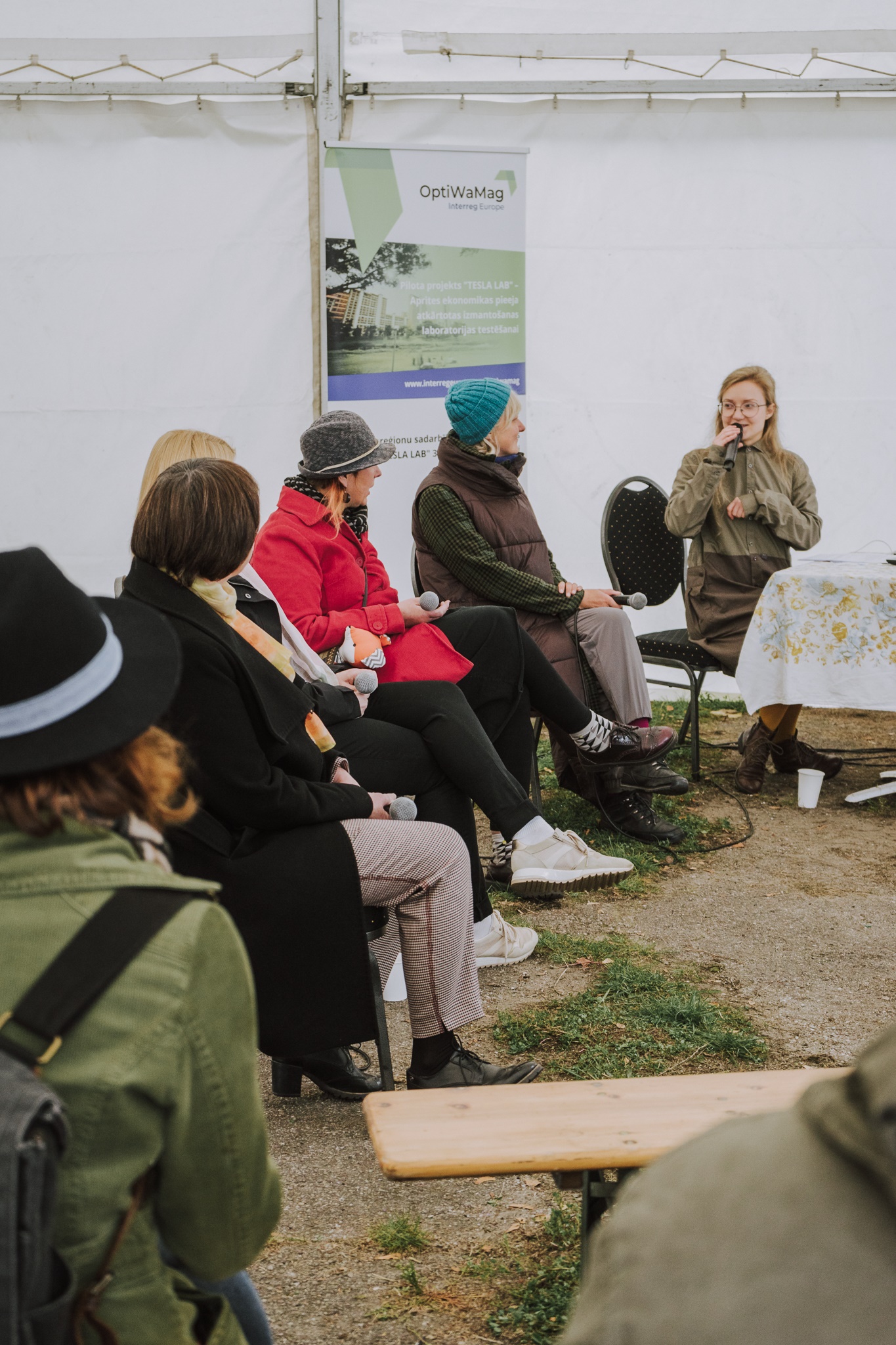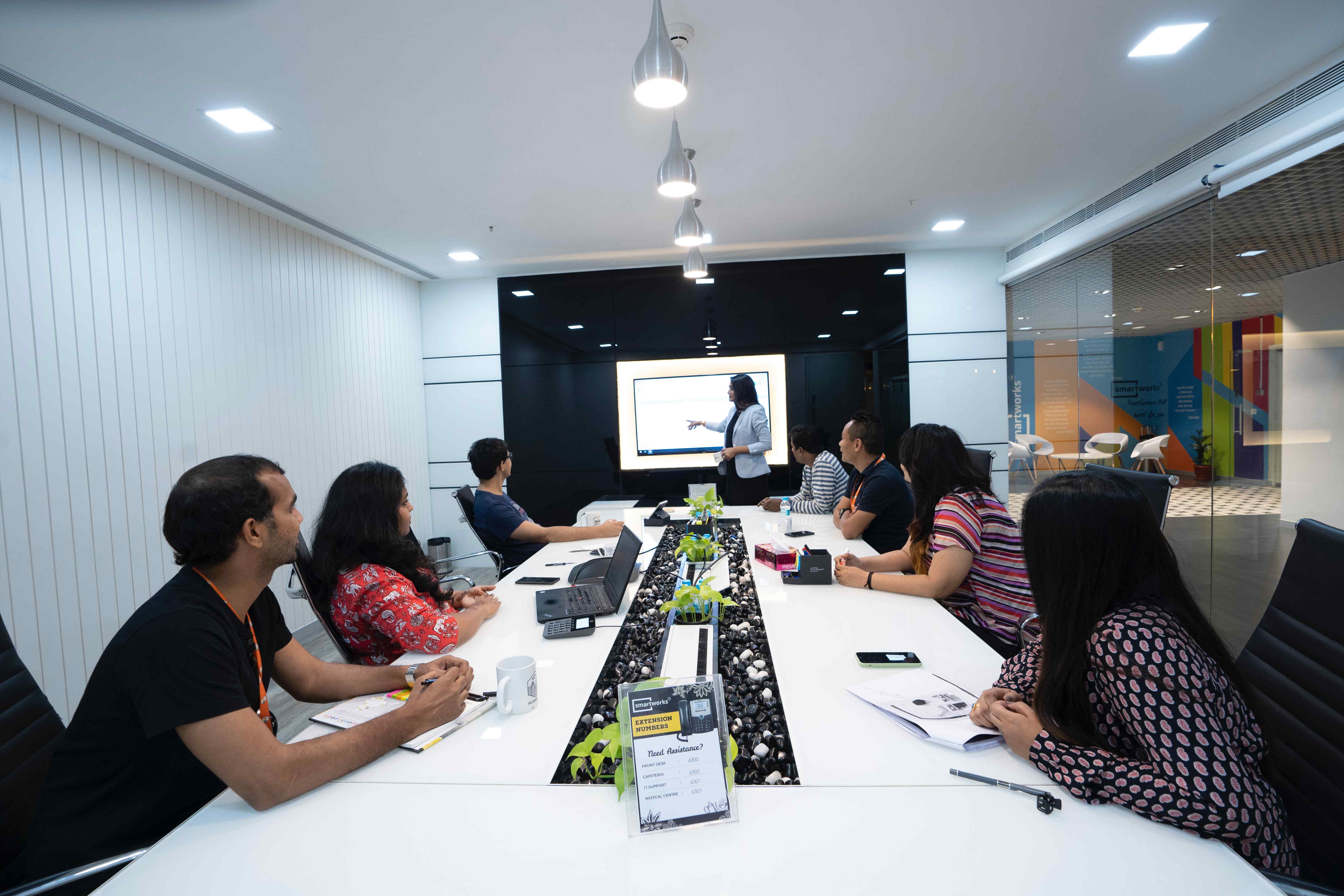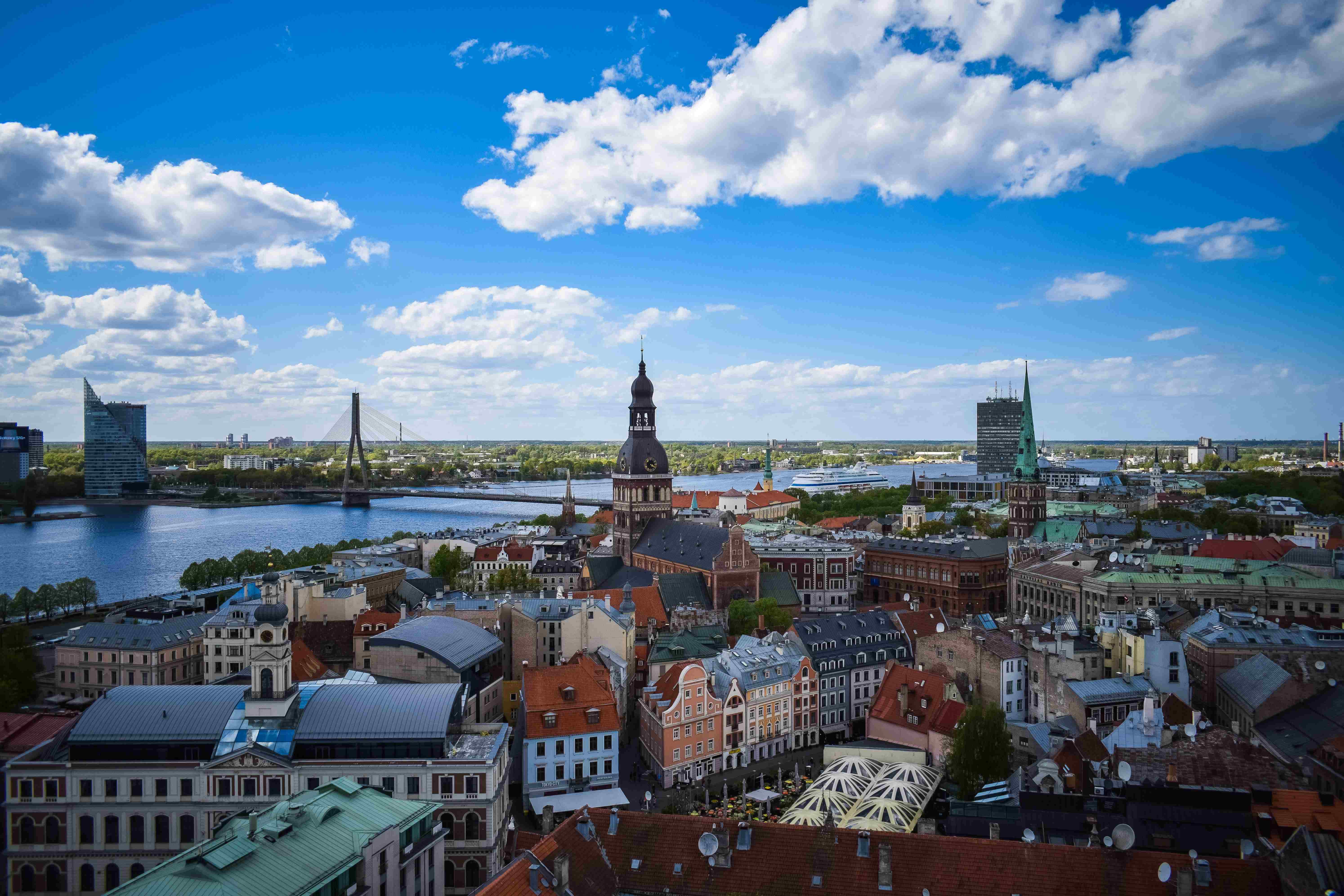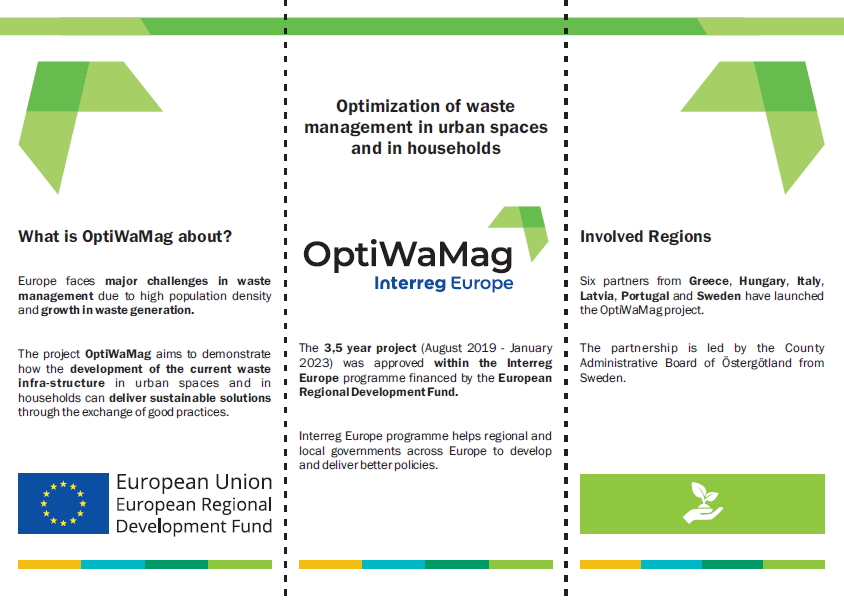1) Please introduce your organization and your region.
The Regional Waste Management Plan was adopted by the Emilia-Romagna Regional Council in 2014. Three strands of intervention are envisaged in the plan: prevention, material recovery, energy recovery and disposal. The main objectives to achieve by 2020 range from urban waste reduction of around 25% per capita, with the consequent risen of sorted waste collection up to 70%, to minimization of landfill disposal.
In this respect, the Municipality of Casalgrande, a medium-size city located in Reggio Emilia Province, place the environment and waste management topics at the very centre of its current political agenda. Sorted waste collection is practiced everywhere, and its key elements are mainly represented by the door to door collection and pay as you throw system (PAYT). According to 2016 data, the percentage of sorted waste is 64,6% almost 3 points higher than the Regional average.
In order to further improve the sorted waste collection, our current purpose is to implement a better solution than the door-to-door collection system which will be able to lower both the environmental and the economic impact, but will also ensure a higher level of sorted waste.
Finally, among the municipal priorities, environmental education plays a key role: the interest towards this topic is confirmed by the work carried out by the Centre for Education on Environment and Sustainability - CEAS Tresinaro-Secchia, that promotes local initiatives aiming at raising awareness and educating citizens and students towards the importance of protect and respect environment and natural resources, with a special focus on waste prevention and collection in the light of the circular economy principles.
2) What is the main challenge in your region related to waste management that you want to address through the OptiWaMag project?
The challenge is to identify innovative policy solutions that can be applied to Emilia Romagna Waste Management Plan, by recognizing through the mutual interregional exchange its strengths and weaknesses, areas of intervention and innovative good practices to be transferred at local level with the aim of optimizing the current policy instrument. All the work and research carried out in this project will be brought to the attention of the regional legislator, with respect to a number of objectives (environmental, qualitative, social, economic) which are interrelated and tailored to local specificities, considering also that the upcoming revision process of the Regional Waste management plan.
3) What is your expectation for the output of the project?
The main expected project result is to ensure that the regional legislator considers the good practices suggested by Optiwamag that have proven to be strong in management systems, to improve the regional planning tool.
It is also expected the regulatory and political guidelines, principles and criteria suggested by the interregional policy learning process of Optiwamag project, will be included in the Regional Policy Instrument, in the light of promoting shared and active participation in the policy instrument optimization process, while considering territorial specificities in the achievement of regional environmental objectives.
